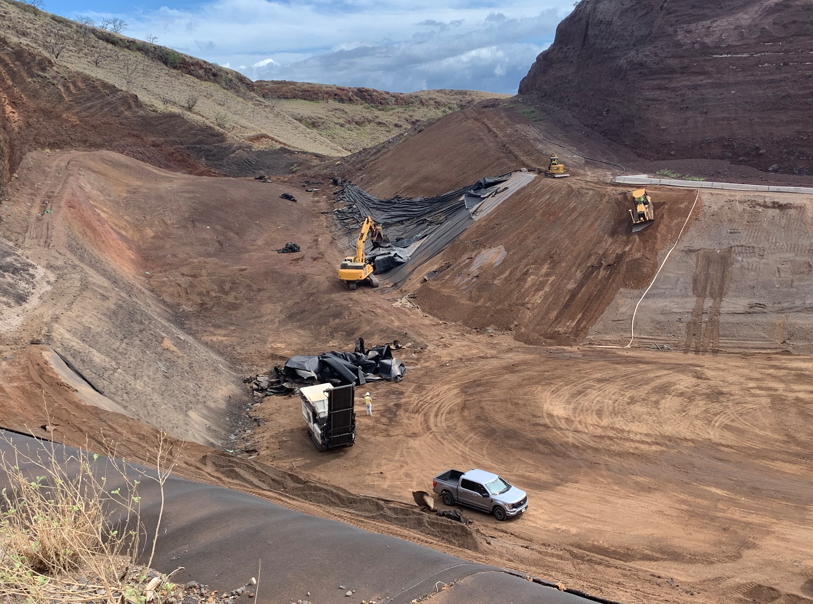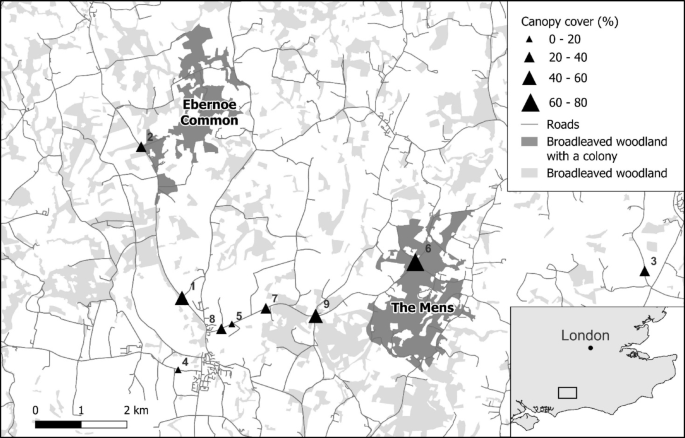Report on Southern Ocean Microbial Research and its Implications for Sustainable Development Goals
1.0 Introduction
Recent research expeditions in the Southern Ocean have provided critical data on the role of microbial communities in marine ecosystems and global carbon cycling. This report outlines the objectives and findings of studies conducted by National Geographic Explorers, highlighting their direct contributions to achieving the United Nations Sustainable Development Goals (SDGs), particularly SDG 13 (Climate Action) and SDG 14 (Life Below Water).
2.0 Research Focus and Objectives
The research, conducted in collaboration with the Schmidt Ocean Institute, focused on two primary areas of investigation concerning the microbial ecosystems of the Southern Ocean.
- Sea Ice Ecosystems and Food Web Stability:
- Led by Explorer Allison Fong, this research component sampled sea ice in the Weddell Sea.
- The primary objective was to understand how changes in sea ice impact microorganisms that form the base of the polar food chain.
- This work directly informs our understanding of ecosystem resilience, a key aspect of SDG 14 (Life Below Water).
- Climate Change Impacts and Carbon Sequestration:
- Led by Explorer Catherine Ribeiro, this component assessed the effects of rising temperatures and ocean acidification on microbial activity.
- The objective was to determine how these climate-related stressors influence the ocean’s capacity to sequester atmospheric carbon in its deeper layers.
- This investigation is fundamental to SDG 13 (Climate Action) by clarifying natural carbon sinks.
3.0 Alignment with Sustainable Development Goals (SDGs)
The findings from these expeditions provide vital scientific knowledge that supports the monitoring and implementation of several key SDGs.
-
SDG 14: Life Below Water
The research makes a significant contribution to protecting marine biodiversity and ecosystems.
- Target 14.2: By studying the foundational microbial communities, the research helps to manage and protect marine ecosystems from significant adverse impacts.
- Target 14.3: The work of Catherine Ribeiro’s team directly addresses the impacts of ocean acidification, a critical goal for marine health.
- Target 14.a: The expedition increases scientific knowledge and research capacity to improve ocean health.
-
SDG 13: Climate Action
The studies are crucial for understanding the ocean’s role in regulating the global climate.
- Target 13.2: Data on carbon sequestration by marine microbes helps integrate climate change measures into national policies and planning.
- Target 13.3: The research improves education and awareness on climate change mitigation by demonstrating the vital function of oceanic ecosystems in absorbing carbon dioxide.
-
SDG 17: Partnerships for the Goals
The operational framework of the research exemplifies the collaborative approach essential for achieving the SDGs.
- Target 17.6 & 17.7: The partnership between National Geographic, Rolex Perpetual Planet Expeditions, and the Schmidt Ocean Institute demonstrates an effective multi-stakeholder collaboration that enhances knowledge-sharing on science and technology for sustainable development.
Analysis of Sustainable Development Goals in the Article
1. Which SDGs are addressed or connected to the issues highlighted in the article?
-
SDG 14: Life Below Water
- The article is fundamentally about marine life and ecosystems. It discusses research on “microbes near the surface of the Southern Ocean,” the “polar food chain,” and the overall health of “Antarctic ecosystems.” The research aims to understand how changes in sea ice, warming temperatures, and “ocean acidification” affect these marine environments.
-
SDG 13: Climate Action
- The article directly connects the marine ecosystem research to climate change. It highlights studies on how “microbe communities absorb carbon dioxide from the atmosphere” and “influence the amount of carbon that reaches and can be sequestered in deeper layers of the ocean.” This research is crucial for understanding the planet’s carbon cycle and the impacts of “warming temperatures.”
2. What specific targets under those SDGs can be identified based on the article’s content?
-
Target 14.3: Minimize and address the impacts of ocean acidification, including through enhanced scientific cooperation at all levels.
- The article explicitly mentions that Explorer Catherine Ribeiro’s research “assesses the impact of warming temperatures and ocean acidification on the activity of microbes in the Southern Ocean.” This directly aligns with the goal of understanding and addressing ocean acidification through scientific investigation.
-
Target 14.2: By 2020, sustainably manage and protect marine and coastal ecosystems to avoid significant adverse impacts, including by strengthening their resilience, and take action for their restoration in order to achieve healthy and productive oceans.
- The research described aims to understand how changes in sea ice affect microorganisms that are foundational to the “polar food chain” and how icescapes “support a healthy ecosystem.” This knowledge is a prerequisite for managing and protecting these fragile polar marine ecosystems.
-
Target 14.a: Increase scientific knowledge, develop research capacity and transfer marine technology… in order to improve ocean health and to enhance the contribution of marine biodiversity to the development of developing countries.
- The entire article describes scientific expeditions conducted by National Geographic Explorers aboard the R/V Falkor (too). The purpose of this work is to “better inform our understanding” and investigate microscopic diversity, which directly contributes to increasing scientific knowledge about ocean health.
-
Target 13.3: Improve education, awareness-raising and human and institutional capacity on climate change mitigation, adaptation, impact reduction and early warning.
- The research contributes to this target by generating critical data and understanding about the ocean’s role in the global carbon cycle. The findings on how microbes “absorb carbon dioxide from the atmosphere” and facilitate carbon sequestration are essential for building the scientific foundation needed for effective climate change mitigation strategies and public awareness.
3. Are there any indicators mentioned or implied in the article that can be used to measure progress towards the identified targets?
-
Indicator for Target 14.3:
- The article implies progress by describing the active research being conducted. The research project that “assesses the impact of… ocean acidification on the activity of microbes” is a direct indicator of scientific effort and cooperation aimed at addressing this target. The data collected on microbial activity under different acidity and temperature conditions would serve as a measurable indicator.
-
Indicator for Target 14.a:
- The expeditions themselves (“National Geographic and Rolex Perpetual Planet Ocean Expeditions”) and the specific research projects mentioned (Allison Fong’s sea ice sampling, Catherine Ribeiro’s investigation) are indicators of investment in and development of research capacity to increase scientific knowledge about the ocean.
-
Indicator for Target 13.3:
- The article implies an indicator through the stated outcome of the research: to “better inform our understanding of how microbe communities absorb carbon dioxide.” The resulting scientific findings and publications that quantify the amount of carbon sequestered by these microbes would be a tangible indicator of an increased knowledge base, which is necessary for improving institutional capacity for climate action.
4. SDGs, Targets, and Indicators Table
| SDGs | Targets | Indicators (as identified or implied in the article) |
|---|---|---|
| SDG 14: Life Below Water | Target 14.3: Minimize and address the impacts of ocean acidification. | The research project assessing the “impact of… ocean acidification on the activity of microbes.” |
| SDG 14: Life Below Water | Target 14.2: Sustainably manage and protect marine and coastal ecosystems. | Research findings that help “understand how icescapes shape microscopic diversity to support a healthy ecosystem.” |
| SDG 14: Life Below Water | Target 14.a: Increase scientific knowledge, develop research capacity. | The execution of scientific expeditions (e.g., by National Geographic Explorers aboard the R/V Falkor) to sample and study marine environments. |
| SDG 13: Climate Action | Target 13.3: Improve education, awareness-raising and human and institutional capacity on climate change mitigation. | The generation of scientific knowledge that clarifies “how microbe communities absorb carbon dioxide” and “influence the amount of carbon that… can be sequestered.” |
Source: nationalgeographic.com







